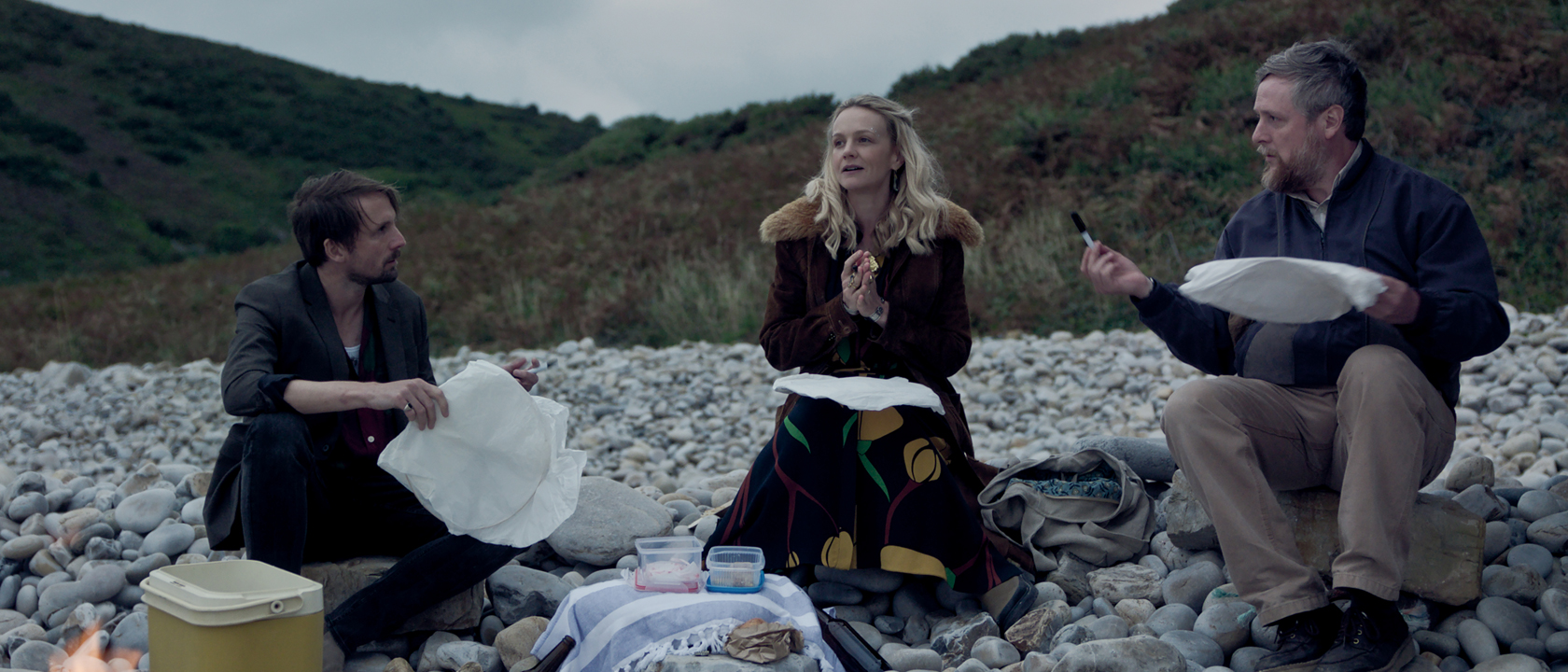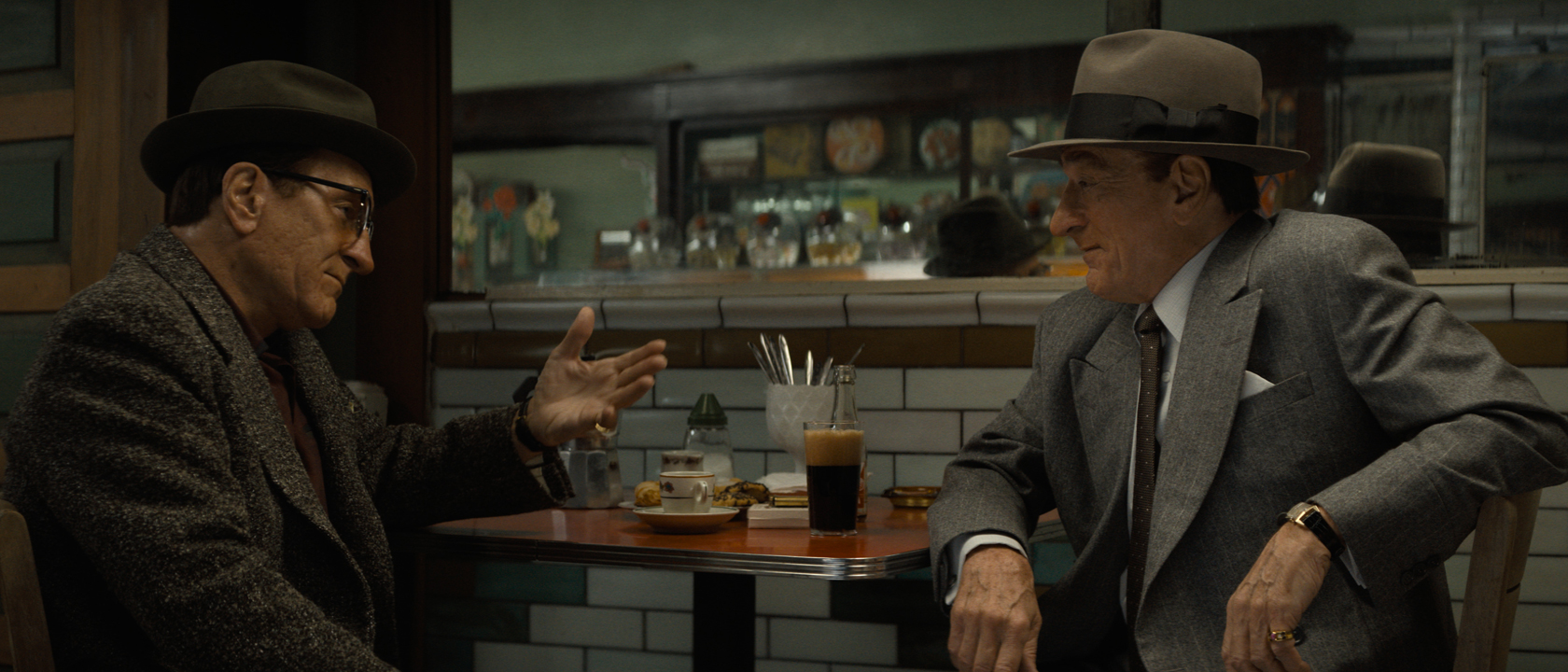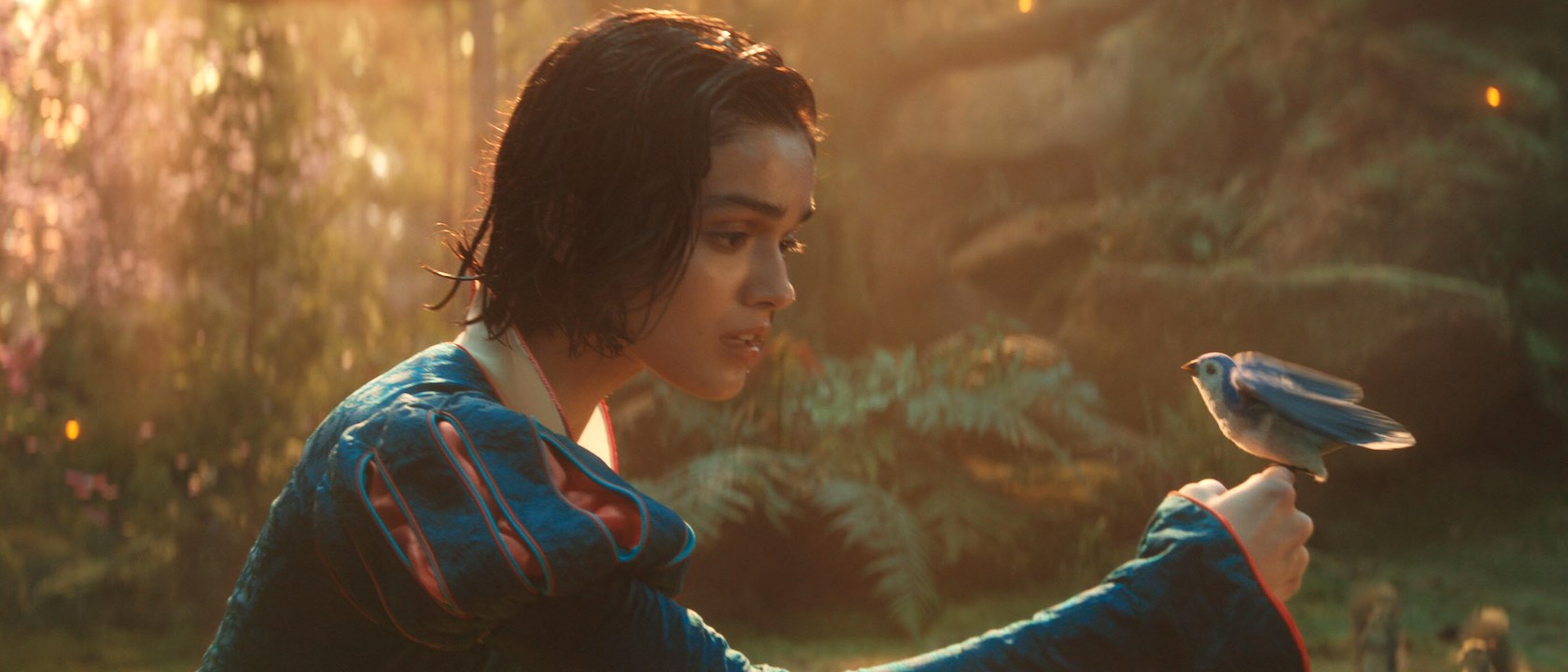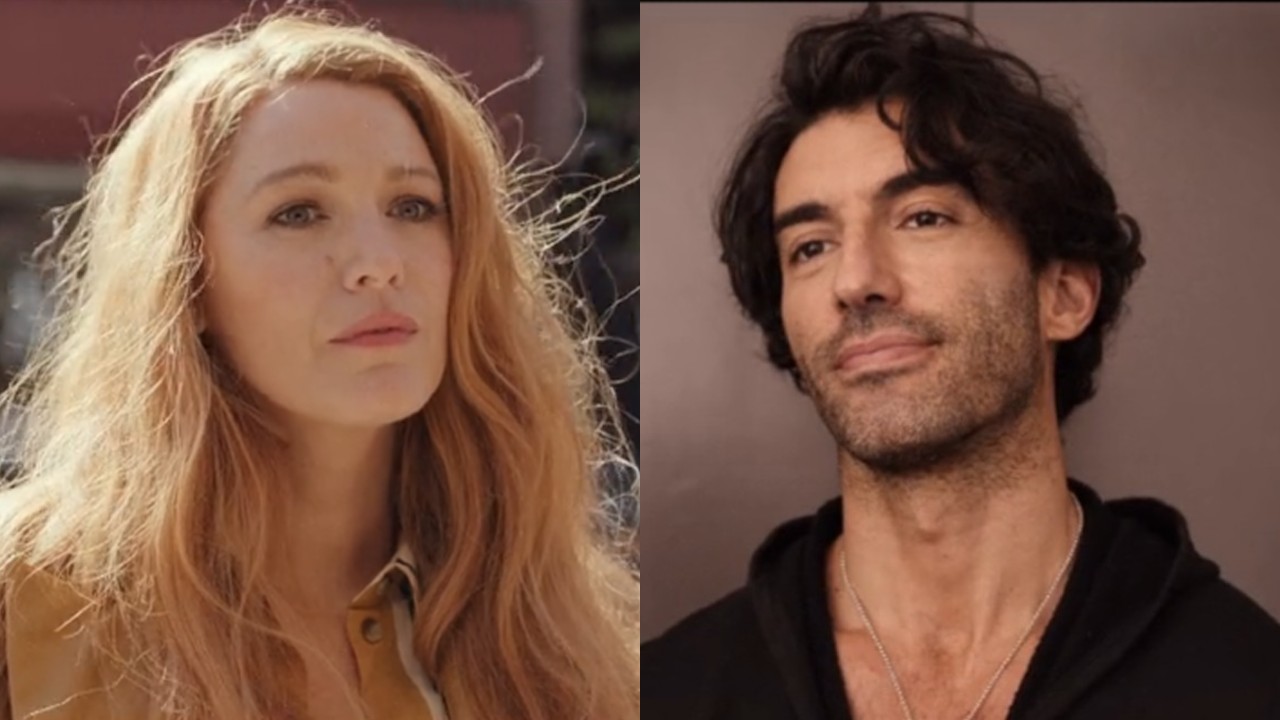Though he has been working as a director in Japan since the 1970s, it is only really within the last 10 years that American audiences have been exposed to the incredible works of Hayao Miyazaki. His latest, Ponyo, an original story inspired by The Little Mermaid, hardly breaks the Japanese artist’s run of success. While not quite on the level of masterpieces such as Spirited Away and Princess Mononoke, it is a beautiful tale of childhood innocence and wonder that viewers of all ages can enjoy. John Lasseter is certainly one of the biggest names in today’s world of animated films. As the chief creative officer of Pixar and director of the first two Toy Story films and executive producer of every movie from the studio since, he has cemented himself as the man guiding the genre. When he isn’t bringing us films like Ratatouille, Wall-E, or Up, however, he has served as the U.S. executive producer of Japanese director Hayao Miyazaki’s last three full-length films. Why? Because the man recognizes incredible talent when he sees it.
From the director of Spirited Away, Howl’s Moving Castle, and Spirited Away, and based on the story The Little Mermaid by Hans Christian Anderson, Ponyo is the story of a goldfish (Noah Cyrus) who is also the daughter of Fujimoto (Liam Neeson), a powerful sorcerer who lives in the ocean. One day, while her father is out casting spells, Ponyo leaves and is discovered by a young boy named Sōsuke (Frankie Jonas). He quickly becomes infatuated with her and the magic she performs, which includes healing a cut on his finger, squirting water, and speaking, but soon she is found by her father, who is disgusted by humans and their pollution, and is taken back into the ocean against her will. Wanting desperately to be with Sōsuke, she uses her father’s potions to transform herself into a human. In so doing, she upsets the world’s natural order, causing an enormous storm, and, unknowingly, only Sōsuke can restore the balance.
While the film outright states that it is inspired by Anderson’s work, best known by audiences from Disney’s 1989 classic, the film is most certainly not a remake. Yes, there is a plot involving an aquatic character yearning to be human against the wishes of her powerful father, but that is as far as it goes. Suffice to say, this is not an easy task. How can you take a story that is beloved by so many and change it without either alienating the audience or doing disservice to the original? Miyazaki did it by simply by turning the characters into children.
In the original story, the mermaid, was a fairly typical teenager -- she was at an age where she was beginning to learn how to have an independent life and start making important decisions that would direct her future, and, like many parents of your typical teen, her father was not happy about her decision. The two main characters in Ponyo do not have these same goals; it is more than likely that they don’t even know the definition of independence. Rather, as the story is about kids no older than five, the focus is on wonder and innocence. While Sōsuke certainly acts surprised whenever he witnesses Ponyo exhibiting her mystical gifts, it’s not a “Holy shit this fish can talk” amazement, but rather, “Wow, I’ve never seen a fish do that before.” This acceptance of the unbelievable is hardly limited to the two protagonists -- there is no line drawn between the world of magic and the human world. Even when the two children approach adults and the title character announces that she used to be a fish, they don’t laugh it off, instead accepting its reality to the same degree as Sōsuke. Without pandering to his youngest audience, Miyazaki has created the ideal children’s world, full of exploration and marvel, and it is nothing short of beautiful.
One certainly cannot talk about a Miyazaki film without mentioning the stunning animation. The film contains no computer-generated imagery, unlike most current animated films, and was done using only freehand drawing to incredible results. Taking full advantage of the film’s use of the ocean and magical overtones, the director treats his audience to scenes of waves literally coming alive as giant fish during the storm and an opening where Fujimoto is using his potions to conjure both new and prehistoric animals to populate the ocean. The entrance of Ponyo’s mother, Gran Mamare (Cate Blanchett) is so breathtaking, in fact, with an incredible flow of blue, pink, and gold, that it actually makes the viewer question what we're missing out on with the move away from hand-drawn animation into CGI everything.
Where the film does do a bit of a stutter-step is in the inclusion of a sub-plot involving Sōsuke’s father, Koichi (Matt Damon), who is a sailor stuck out at sea for a long period of time. After Ponyo becomes human and Sōsuke’s town has become flooded, the story largely focuses on the main characters’ search for the boy’s mother, who has left the children at home and gone ensure the safety of the elderly at the local nursing home (not terrific parenting in this writer’s opinion). So, while the audience is focused on the search for the mother, the father's stranded-at-sea plotline becomes almost forced, trying to get the audience to focus on all the problems at once without giving us enough scenes with the father to become attached. While there aren’t many of them, in a film that only lasts a little over 100 minutes, they distract enough to disturb the pacing, and the film would have been better had he been an off-screen character.
With an Oscar tucked neatly in his front pocket, Miyazaki is hardly a stranger to acclaim, and Ponyo only solidifies his stance as one of the greatest directors of animation working today. He has taken a classic story and breathed new life into it with a child’s perception of the world, creating a moving work of art. A quick message to the folks behind the flipper-disc release of the Bourne Trilogy: take a few notes from the folks at Disney as to how to make a combination DVD package. The Blu-Ray release of the film contains both a Blu-ray disc, as well as a DVD disc, though the lower-quality version does not contain any bonus features. The plus side? Those that have yet to make the switch aren’t missing much.
The package includes only two special features, the first being an introduction by two of the film’s American producers, while the second is a wider look at The World of Ghibli, where viewers can “enter the world” of Ponyo (read: take a short quiz to determine which character you are most like), as well as a look behind the scenes of the studio. The latter is only a series of short videos (each one is less than five minutes long) that give minor glances at the background of the film.
The features seem to be more geared towards the younger audience watching the movie, which is fine if you are a parent, but as an adult fan it leaves a lot to be desired.
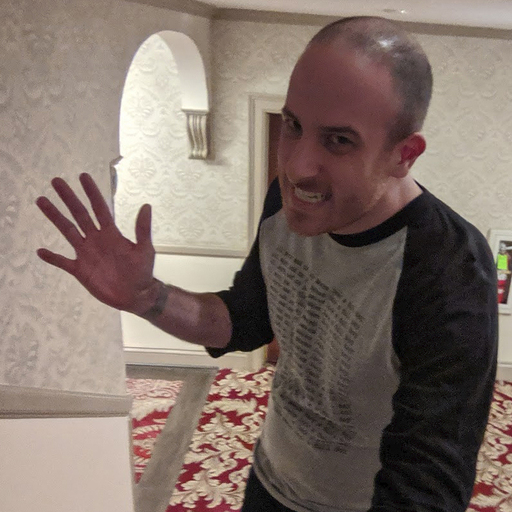
Eric Eisenberg is the Assistant Managing Editor at CinemaBlend. After graduating Boston University and earning a bachelor’s degree in journalism, he took a part-time job as a staff writer for CinemaBlend, and after six months was offered the opportunity to move to Los Angeles and take on a newly created West Coast Editor position. Over a decade later, he's continuing to advance his interests and expertise. In addition to conducting filmmaker interviews and contributing to the news and feature content of the site, Eric also oversees the Movie Reviews section, writes the the weekend box office report (published Sundays), and is the site's resident Stephen King expert. He has two King-related columns.
Blake Lively's Team Got Called Out By Justin Baldoni's Lawyer For 'Abuse Of Process' And 'Super Shady' Legal Tactics After Quiet Lawsuit Filing
Like Nicole Kidman Before Her, This Is Us' Chrissy Metz Gets Candid About Why She Left Hollywood For Tennessee
One Of Harrison Ford's Best Movies Came Out 40 Years Ago, And No One Talks About It Anymore







